Past, Present and Possibility
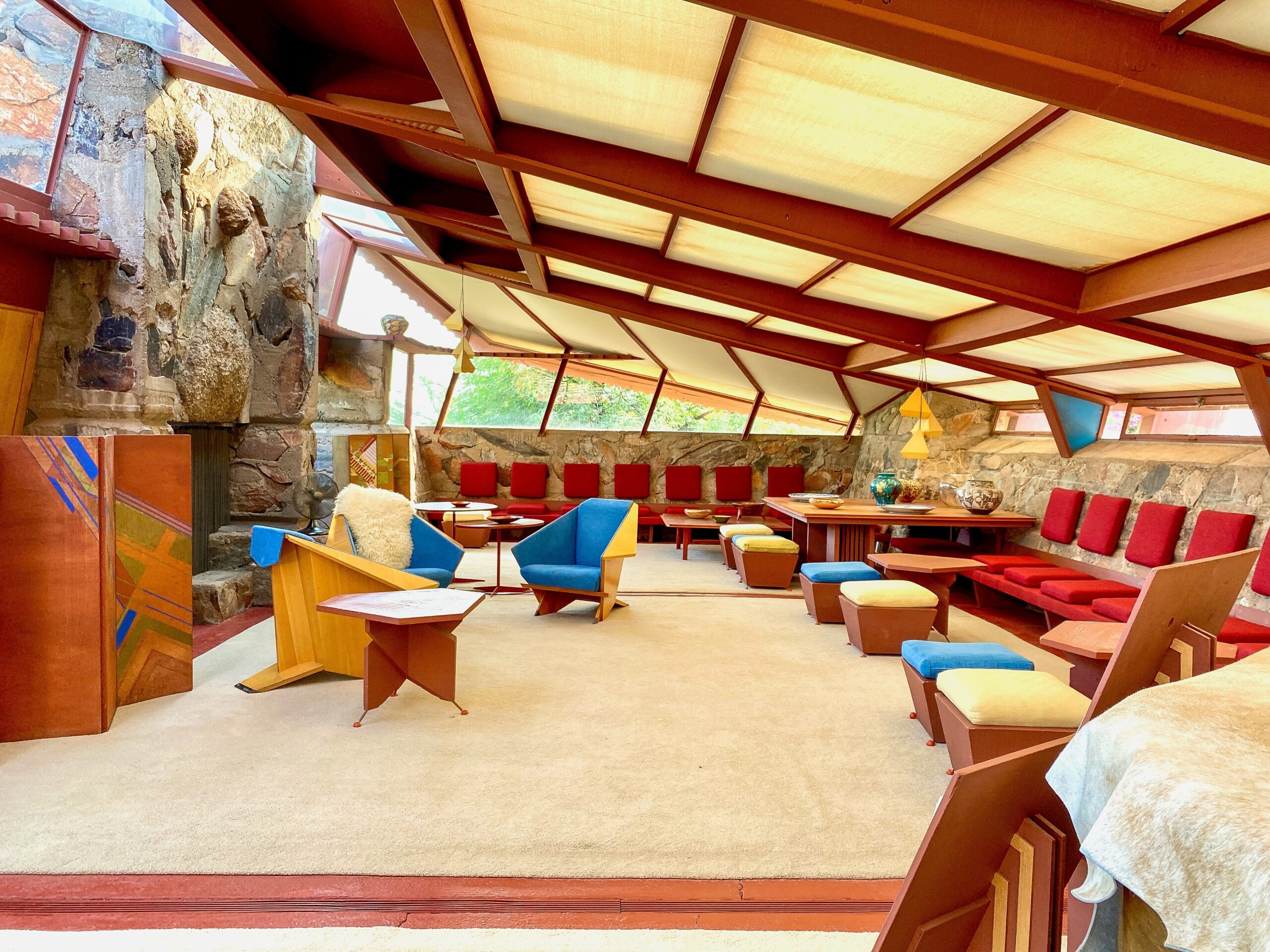
by Victoria deVuono
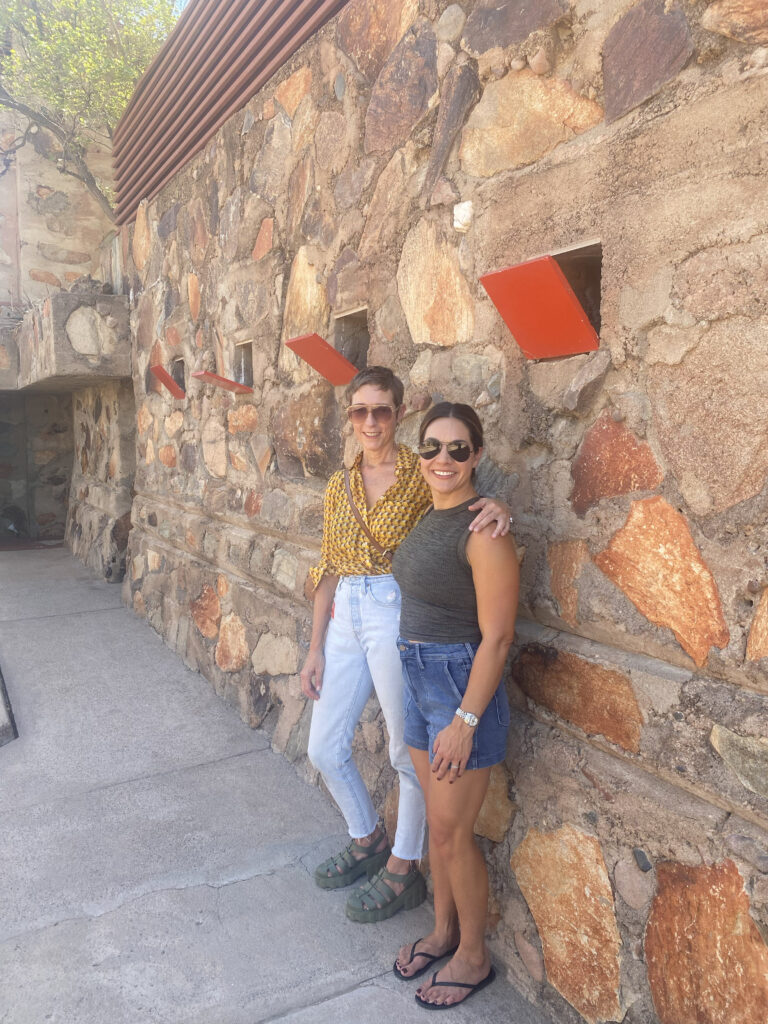
Last fall, a group of us from Bentley went to Scottsdale and while we were there, Ali Skilling and I decided to go visit Taliesin West.
It was very sunny and hot that day and we were struck by how the buildings survive the intense climate. This National Historic Landmark and World Heritage Site began construction in 1939. In addition to wood and canvas, the structures were largely built with materials found and crafted on the site by Wright’s apprentices, so the integration into the natural landscape isn’t just a stylistic choice, Taliesin is truly part of the landscape.
As we walked through the interiors, courtyards, and grounds, we noticed that the entire property is packed with objects, artifacts, decorations, and details from many different cultures and periods, including ancient Hindu iconography, Japanese art, Native American motifs and actual petroglyphs.
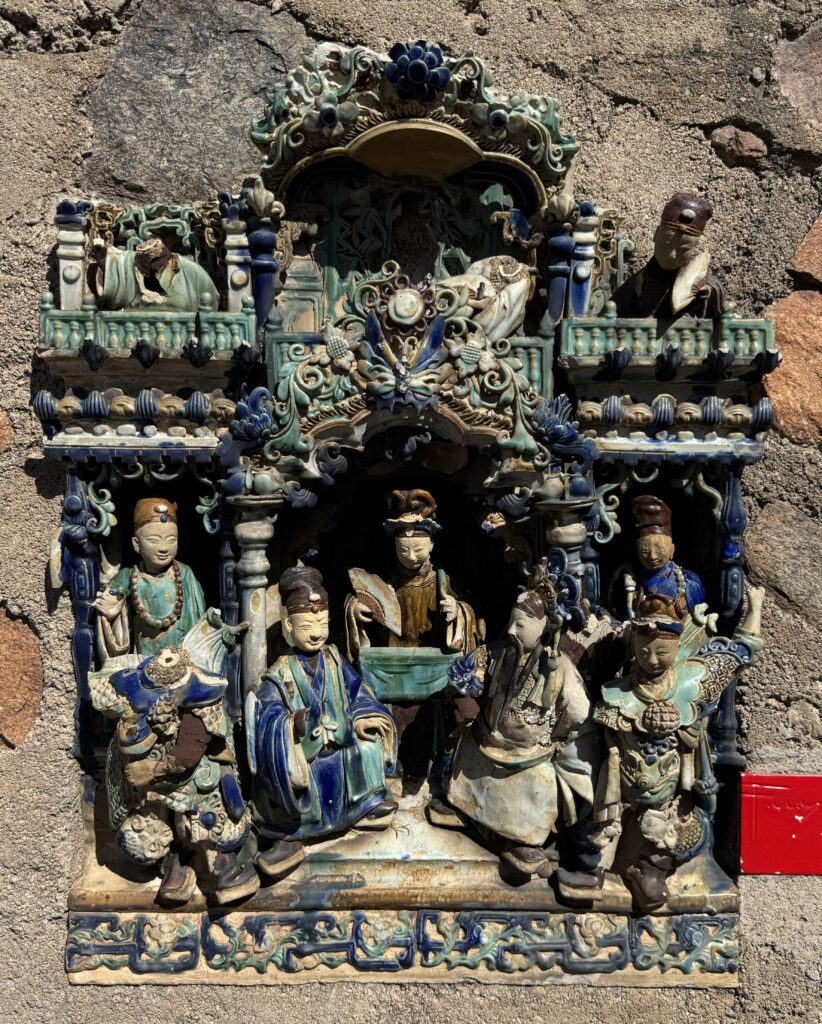
Parts of the interior made me think of Art Deco—probably all of the acute angles in the architecture, furniture, and light fixtures.
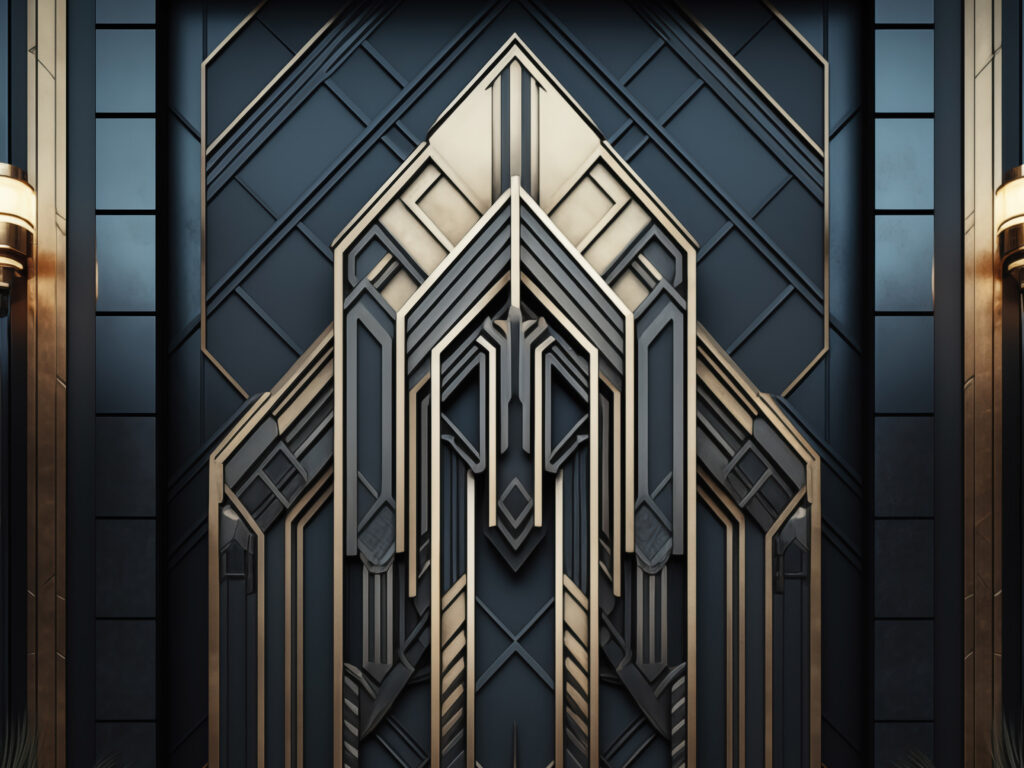
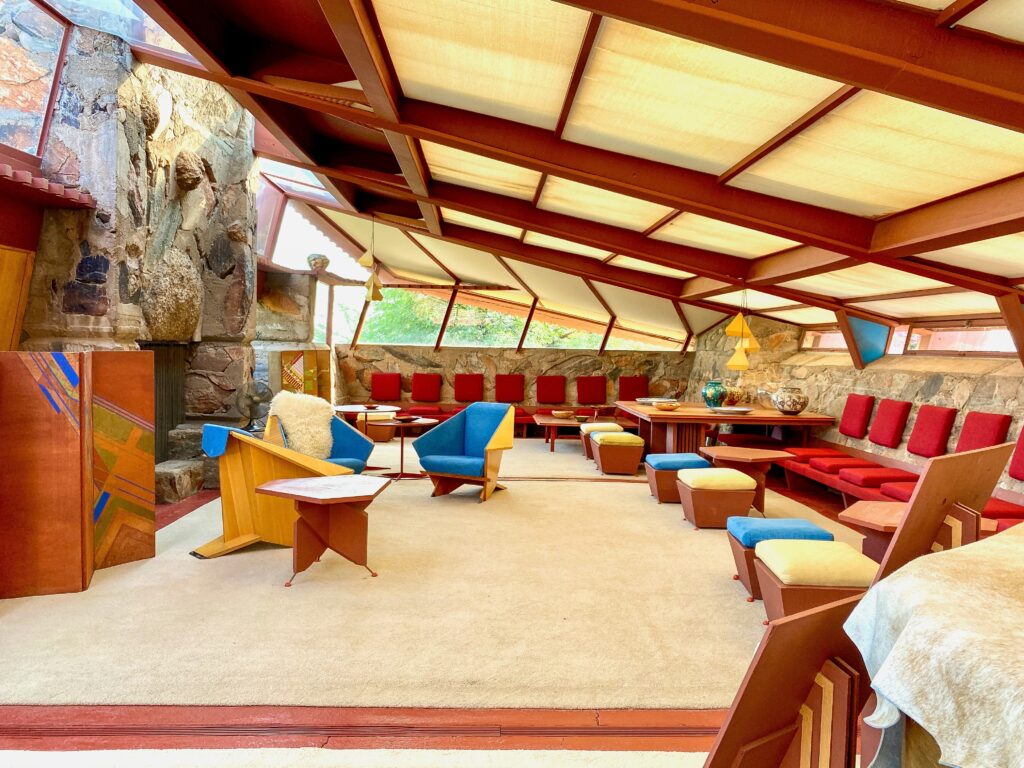

The point is, that all visuals call to mind something familiar. Ali also noted that the concept of biophilic design has existed for decades. “While the notion might not have been identified,” she said, “the concept has notably been incorporated as an important element of architecture.” Certainly, the connection to the natural landscape resonates with every human. However, while those who study art, design, and architecture might be better equipped to identify each cultural reference, a lexicon of imagery exists for each of us, regardless of our training or experience. These archetypes provide continuity with our past, and even in this rather remote location in the desert, a sense of connection with a greater global community. There is value in conserving the source material that documents the past. There is value in studying it as a practice to better understanding and discovery.
To quote Norman Foster, “As an architect you design for the present, with an awareness of the past, for a future which is essentially unknown.” Consider it a conversation across time–where you reimagine and refine familiar forms, adapting to the moment while possibly inspiring what comes next.
